Home>Gardening & Outdoor>Landscaping Ideas>How To Mow Grass On A Slope
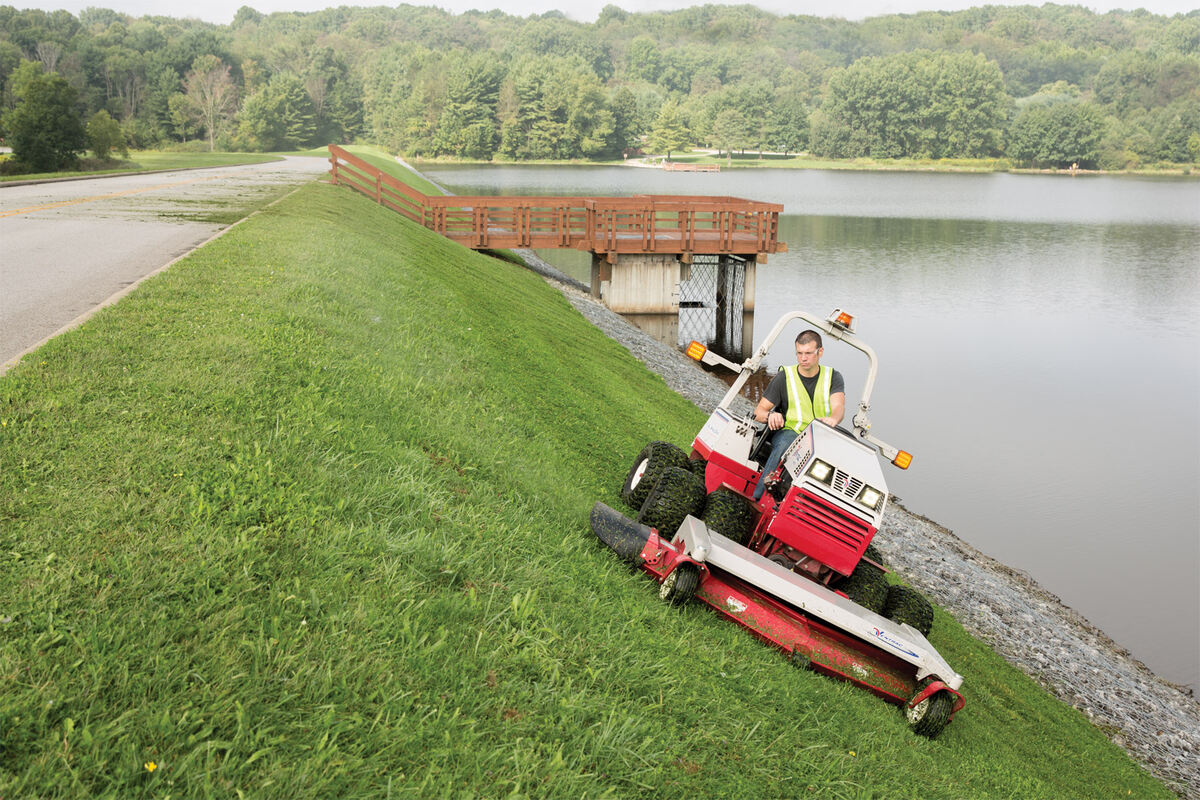

Landscaping Ideas
How To Mow Grass On A Slope
Published: January 26, 2024
Learn the best landscaping ideas for mowing grass on a slope. Discover expert tips and techniques for maintaining your sloped lawn.
(Many of the links in this article redirect to a specific reviewed product. Your purchase of these products through affiliate links helps to generate commission for Storables.com, at no extra cost. Learn more)
Introduction
Mowing the grass on a slope can be a challenging task, requiring careful planning, the right equipment, and proper techniques to ensure a well-maintained and safe landscape. Whether you have a hilly backyard or a sloping lawn, understanding the unique considerations of mowing on an incline is essential for achieving a professional-looking result while minimizing the risk of accidents and damage to the terrain.
Mowing grass on a slope demands a different approach compared to flat surfaces. The angle of the slope introduces a level of complexity that necessitates specific strategies to achieve an even and tidy cut. Additionally, safety becomes a paramount concern when working on uneven terrain, as the risk of slips, falls, and equipment mishaps is heightened.
In this comprehensive guide, we will delve into the intricacies of mowing grass on a slope, covering everything from understanding the slope's dynamics to selecting the appropriate equipment, implementing safety precautions, mastering effective mowing techniques, and providing essential aftercare and maintenance tips. By the end of this guide, you will be equipped with the knowledge and insights needed to tackle slope mowing with confidence and precision, ensuring the health and aesthetic appeal of your landscape.
Key Takeaways:
- Mowing grass on a slope requires special equipment, safety precautions, and techniques to achieve a professional look while ensuring safety and preserving the landscape’s health.
- After mowing a slope, it’s important to clear debris, water and fertilize the grass, monitor the terrain, maintain equipment, and implement erosion control for long-term landscape health.
Read more: How Often To Mow The Grass
Understanding the slope
Mowing grass on a slope presents a unique set of challenges that differ significantly from mowing on flat terrain. Understanding the dynamics of the slope is crucial for executing the task effectively and safely. The angle of the slope, soil composition, and the presence of obstacles all play a pivotal role in determining the approach to be taken.
The angle of the slope is a fundamental factor to consider when mowing grass. Steeper slopes require extra caution and specialized techniques to prevent accidents and ensure an even cut. It's important to assess the degree of incline to determine the level of difficulty and the type of equipment needed.
Soil composition also influences the mowing process on a slope. Loose or sandy soil can make it challenging to maintain traction, while compacted or clay-rich soil may become slippery when moist, posing a risk of slippage for both the mower and the operator. Understanding the soil's characteristics helps in adapting the mowing technique and selecting the appropriate equipment for the task.
Furthermore, the presence of obstacles such as rocks, tree roots, or uneven terrain adds complexity to mowing on a slope. These obstacles not only affect the maneuverability of the mower but also pose potential hazards if not navigated carefully. Identifying and addressing these obstacles before mowing is essential to minimize the risk of damage to the equipment and ensure a smooth mowing process.
In summary, understanding the slope involves assessing the angle of incline, considering the soil composition, and identifying potential obstacles. This knowledge forms the foundation for making informed decisions regarding equipment selection, safety precautions, and mowing techniques, all of which are crucial for successfully mowing grass on a slope.
Choosing the right equipment
Selecting the appropriate equipment is paramount when mowing grass on a slope. The right tools not only ensure a well-executed mow but also contribute to the safety of the operator and the preservation of the landscape. Here's a detailed look at the essential equipment needed for mowing on a slope:
-
Lawn Mower: Opting for a self-propelled lawn mower with high rear wheels is ideal for mowing on slopes. The self-propelled feature reduces the physical exertion required to maneuver the mower uphill, while high rear wheels enhance traction and stability on uneven terrain. Additionally, a mower with a low center of gravity provides better balance, reducing the risk of tipping over on steep slopes.
-
String Trimmer or Brush Cutter: In areas where the slope is too steep for a traditional mower, a string trimmer or brush cutter can be used to tackle the grass effectively. These tools are versatile and can navigate inclines and tight spaces with ease, ensuring a uniform cut on challenging terrain.
-
Safety Gear: Prioritizing personal safety, operators should wear appropriate gear, including non-slip footwear, eye protection, and hearing protection. Additionally, using a safety harness or tether when operating a mower on steep slopes provides an extra layer of protection against potential falls.
-
Mower Attachments: Attachments such as wheel weights or tire chains can enhance traction and stability, especially when mowing on slippery or uneven surfaces. These accessories help prevent slippage and improve the mower's maneuverability, contributing to a safer and more efficient mowing experience.
-
Maintenance Tools: Carrying basic maintenance tools such as a wrench, pliers, and a blade sharpener is essential for on-the-go adjustments and upkeep. Regular blade sharpening is crucial for achieving clean cuts, promoting grass health, and reducing strain on the mower's engine.
By carefully selecting the right equipment, operators can ensure a smooth and safe mowing experience on slopes, while also maintaining the integrity of the landscape. Each piece of equipment plays a vital role in addressing the unique challenges posed by sloped terrain, ultimately contributing to a well-groomed and hazard-free lawn.
Safety precautions
When mowing grass on a slope, prioritizing safety is paramount to prevent accidents and ensure the well-being of the operator and the integrity of the landscape. The inherent risks associated with working on uneven terrain necessitate the implementation of comprehensive safety precautions. Here are essential safety measures to observe when mowing on a slope:
-
Assess the Terrain: Before commencing mowing, carefully assess the slope to identify potential hazards such as rocks, tree roots, or uneven ground. Clear any debris or obstacles that could impede the mowing process or pose a safety risk.
-
Wear Appropriate Footwear: Utilize sturdy, non-slip footwear with good traction to maintain stability and reduce the risk of slips and falls. Proper footwear provides essential grip, especially when navigating steep inclines and uneven surfaces.
-
Use Personal Protective Equipment (PPE): Prioritize personal safety by wearing PPE such as eye protection, hearing protection, and appropriate clothing. Eye protection shields the eyes from debris and grass clippings, while hearing protection guards against the noise generated by the mower.
-
Operate in Optimal Conditions: Avoid mowing on slopes during adverse weather conditions such as heavy rain or high winds. Wet grass and slippery terrain increase the likelihood of accidents, making it crucial to wait for favorable weather to ensure safe mowing conditions.
-
Maintain Stability: When operating a mower on a slope, maintain a stable stance and avoid sudden movements that could compromise balance. Distribute body weight evenly and use caution when turning or changing directions to prevent the mower from tipping over.
-
Follow Manufacturer's Guidelines: Adhere to the manufacturer's recommendations for operating the mower on slopes. Understanding the limitations and specifications of the equipment is crucial for safe and effective mowing.
-
Avoid Steep Inclines: Exercise caution when mowing on excessively steep slopes. If the angle of the slope is beyond the capabilities of the equipment or the operator, consider using alternative tools or seeking professional assistance to mitigate risks.
-
Stay Vigilant: Remain attentive and focused throughout the mowing process, constantly monitoring the terrain and adjusting the mowing technique as needed. Vigilance is key to identifying and addressing potential safety hazards in real time.
By conscientiously adhering to these safety precautions, operators can significantly reduce the likelihood of accidents and injuries when mowing grass on a slope. Prioritizing safety not only safeguards the well-being of the operator but also contributes to the preservation of the landscape, ensuring a successful and hazard-free mowing experience.
Mowing techniques
Mowing grass on a slope demands a nuanced approach to achieve an even and professional-looking cut while ensuring safety and preserving the integrity of the terrain. Implementing the right mowing techniques is essential for navigating the challenges posed by sloped landscapes and achieving optimal results. Here are the key mowing techniques to master when working on a slope:
-
Mow Across the Slope: When mowing on a slope, it is advisable to mow across the incline rather than up and down. This technique minimizes the risk of losing traction and reduces the likelihood of the mower tipping over. Mowing across the slope also allows for better control and maneuverability, resulting in a more uniform cut.
-
Use a Slow and Steady Pace: Maintaining a slow and steady pace when mowing on a slope is crucial for stability and precision. Rushing through the mowing process increases the risk of slips, loss of control, and uneven cutting. By adopting a deliberate pace, operators can navigate the slope with greater control and accuracy.
-
Overlap Each Pass: Overlapping each mowing pass ensures thorough coverage and prevents missed patches of grass. This technique is particularly important when mowing on a slope, as it helps maintain a consistent cutting pattern and minimizes the need for repeated passes, reducing the strain on both the operator and the equipment.
-
Utilize the Right Mowing Pattern: Implementing a back-and-forth mowing pattern, also known as the "striping" technique, helps achieve an even and professional finish. This method involves mowing parallel lines across the slope, alternating the direction with each subsequent pass. The striping technique not only enhances the aesthetic appeal of the lawn but also contributes to an even distribution of grass clippings.
-
Maintain Control on Turns: When turning the mower at the end of each pass, exercise caution to maintain control and stability. Gradual, wide turns are recommended to prevent the mower from skidding or tipping on the slope. Avoid sharp or abrupt turns, as they can compromise traction and lead to uneven cutting.
-
Adjust Mower Height: Setting the mower deck at an appropriate height is essential for achieving the desired grass length and promoting healthy growth. On slopes, it is advisable to raise the cutting height slightly to reduce stress on the grass and minimize scalping, especially on uneven terrain.
By mastering these mowing techniques, operators can navigate the challenges of mowing on a slope with confidence and precision. These strategies not only contribute to a well-groomed and uniform lawn but also enhance safety and minimize the impact on the landscape, ensuring a successful mowing experience on sloped terrain.
Read more: What Is No Mow Grass
Aftercare and maintenance
After completing the mowing process on a slope, it is essential to prioritize aftercare and maintenance to ensure the long-term health and visual appeal of the landscape. Proper aftercare not only promotes the recovery of the grass but also contributes to the preservation of the soil structure and minimizes the impact of mowing on the terrain. Here are the key steps to undertake for effective aftercare and maintenance following slope mowing:
Clear Debris and Inspect the Terrain
After mowing, it is important to clear any grass clippings, debris, or obstacles that may have accumulated on the slope. Inspecting the terrain for any signs of erosion, soil compaction, or damage caused by the mowing process is crucial. Addressing these issues promptly helps maintain the integrity of the slope and prevents potential hazards.
Watering and Fertilization
Providing adequate hydration to the mowed grass is essential for promoting recovery and stimulating healthy regrowth. Watering the slope gently and evenly helps the grass establish itself post-mowing. Additionally, applying a balanced fertilizer can replenish essential nutrients, supporting the grass in regaining vigor and maintaining a lush, green appearance.
Soil Aeration and Compaction Relief
Sloped terrain is susceptible to soil compaction, which can hinder root development and water absorption. Aerating the soil using a core aerator helps alleviate compaction and promotes better air and water circulation within the soil. This process enhances the overall health of the grass and contributes to the sustainability of the slope's ecosystem.
Read more: How To Get Rid Of Mowed Grass
Monitoring and Adjusting
Regular monitoring of the mowed slope is crucial for assessing the recovery progress of the grass and identifying any potential issues. Adjusting the watering schedule, addressing bare patches, and implementing targeted maintenance based on the slope's specific needs ensures the successful rejuvenation of the landscape post-mowing.
Equipment Maintenance
Proper maintenance of the mowing equipment is essential for its longevity and optimal performance. Cleaning the mower thoroughly, sharpening the blades, and inspecting the overall condition of the equipment are vital steps. Additionally, addressing any issues or wear and tear promptly helps prevent potential complications during future mowing sessions.
Erosion Control Measures
Implementing erosion control measures, such as installing erosion control blankets or planting erosion-resistant vegetation, helps mitigate the risk of soil erosion on the mowed slope. These measures stabilize the soil, prevent runoff, and safeguard the landscape from the adverse effects of erosion, ensuring the long-term sustainability of the terrain.
By diligently attending to aftercare and maintenance tasks, operators can promote the recovery of the mowed slope, maintain the health of the grass, and preserve the integrity of the terrain. These proactive measures contribute to the long-term sustainability and visual appeal of the landscape, ensuring that the mowed slope remains vibrant and well-maintained over time.
Conclusion
Mowing grass on a slope presents a distinctive set of challenges that demand careful consideration, specialized equipment, and precise techniques. As the mowing process on sloped terrain requires a nuanced approach, it is essential to prioritize safety, understand the dynamics of the slope, and implement tailored strategies to achieve optimal results.
By comprehensively understanding the slope's characteristics, including its angle, soil composition, and potential obstacles, operators can make informed decisions regarding equipment selection and mowing techniques. This knowledge forms the foundation for executing the mowing process with confidence and precision, ensuring a well-maintained and visually appealing landscape.
Choosing the right equipment is pivotal in addressing the complexities of mowing on a slope. From self-propelled mowers with high rear wheels to versatile string trimmers and essential safety gear, each piece of equipment plays a crucial role in enhancing stability, maneuverability, and operator safety. Additionally, incorporating maintenance tools and mower attachments further contributes to a seamless and efficient mowing experience on sloped terrain.
Prioritizing safety precautions is paramount when mowing on a slope, as the inherent risks associated with uneven terrain necessitate comprehensive measures to prevent accidents and injuries. By assessing the terrain, wearing appropriate footwear, and adhering to optimal operating conditions, operators can significantly mitigate potential hazards and ensure a safe and successful mowing process.
Mastering effective mowing techniques, such as mowing across the slope, maintaining a deliberate pace, and utilizing the right mowing pattern, is essential for achieving an even and professional-looking cut while navigating the challenges of sloped landscapes. These techniques not only contribute to a well-groomed lawn but also enhance safety and minimize the impact on the terrain.
Following the mowing process, prioritizing aftercare and maintenance is crucial for promoting the recovery of the mowed slope, ensuring the long-term health of the grass, and preserving the integrity of the terrain. By implementing targeted aftercare measures and maintaining the mowing equipment, operators can sustain the visual appeal and sustainability of the landscape over time.
In conclusion, mowing grass on a slope requires a holistic approach that encompasses understanding the slope, selecting the right equipment, prioritizing safety, mastering effective techniques, and attending to aftercare and maintenance. By integrating these elements, operators can navigate the complexities of sloped terrain with confidence, ensuring a well-maintained, safe, and visually captivating landscape.
Frequently Asked Questions about How To Mow Grass On A Slope
Was this page helpful?
At Storables.com, we guarantee accurate and reliable information. Our content, validated by Expert Board Contributors, is crafted following stringent Editorial Policies. We're committed to providing you with well-researched, expert-backed insights for all your informational needs.
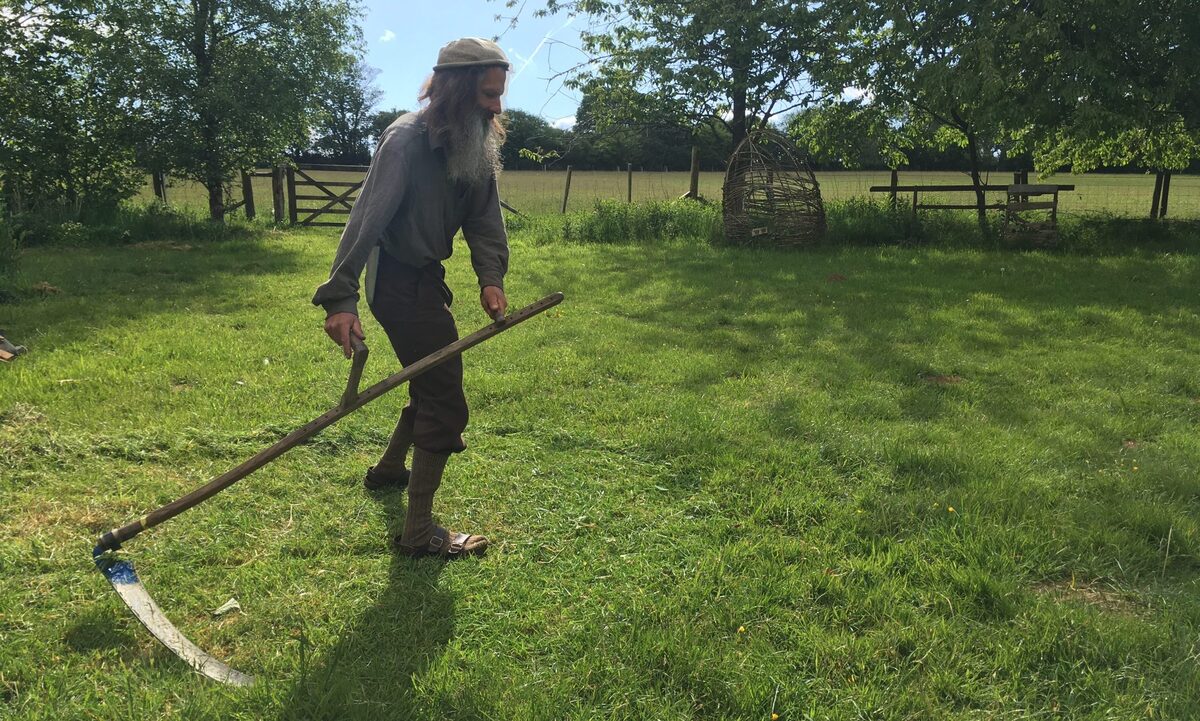
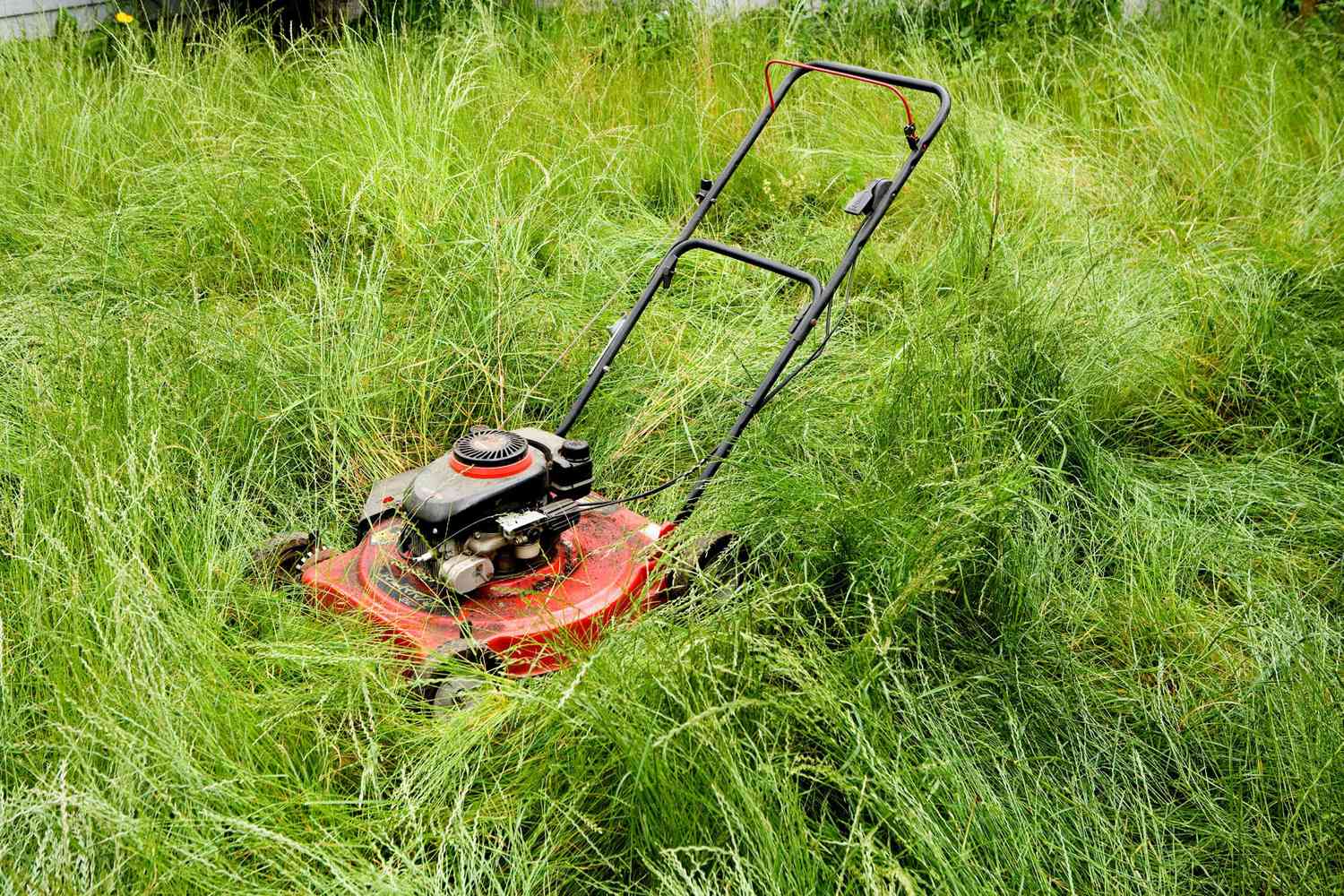
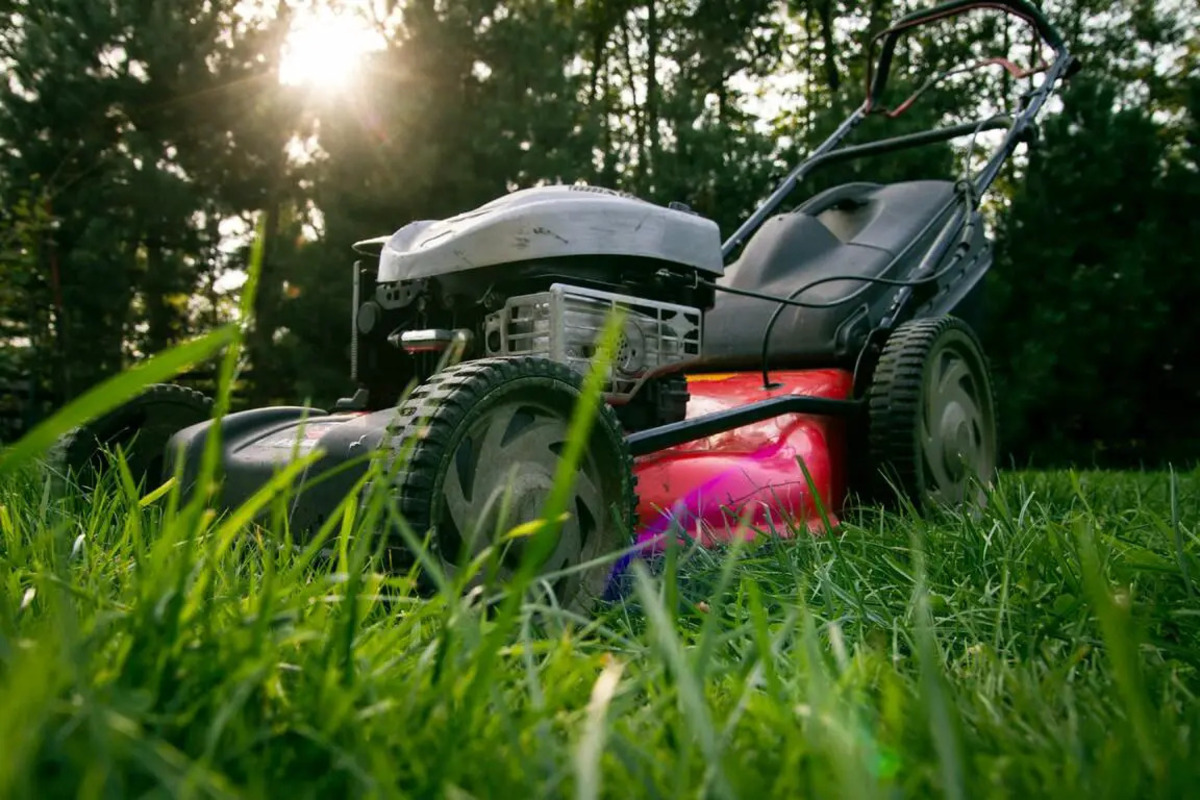
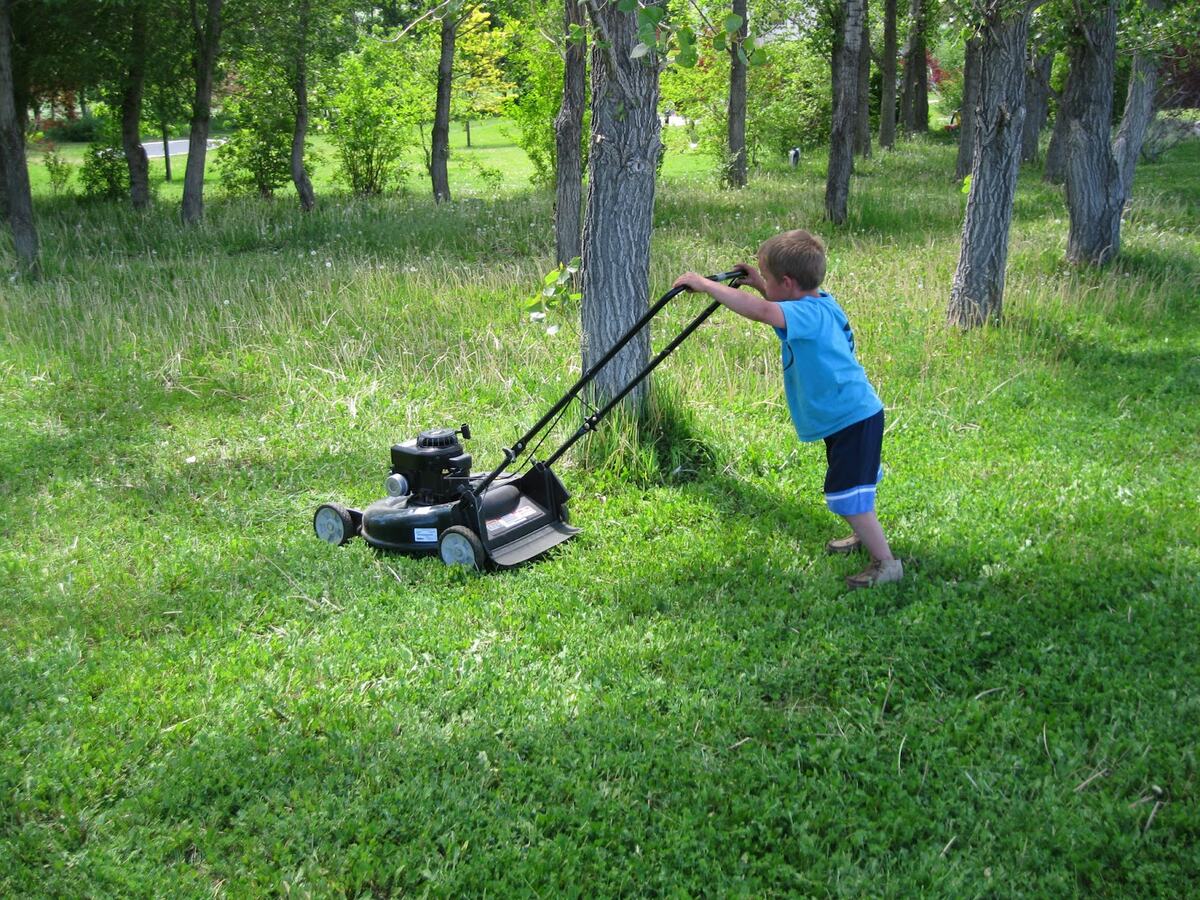

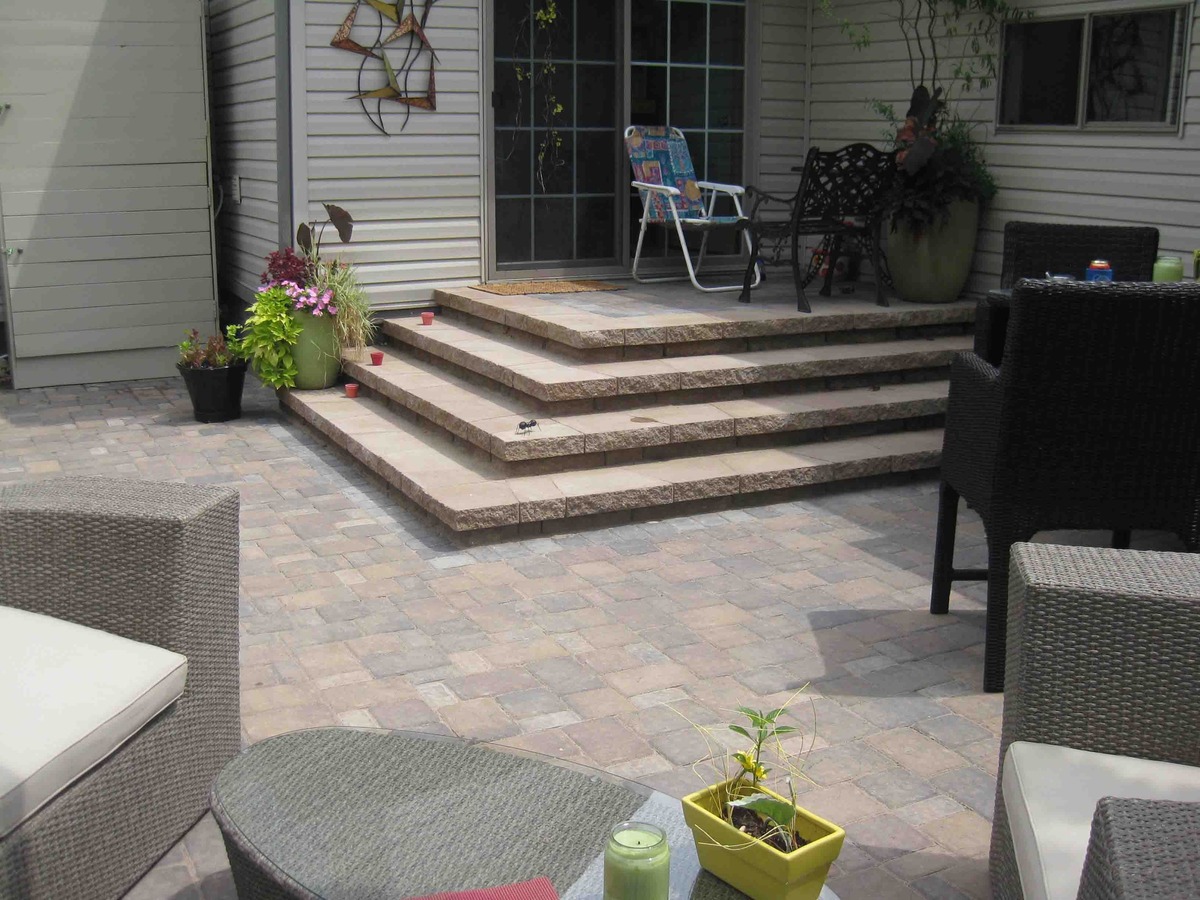
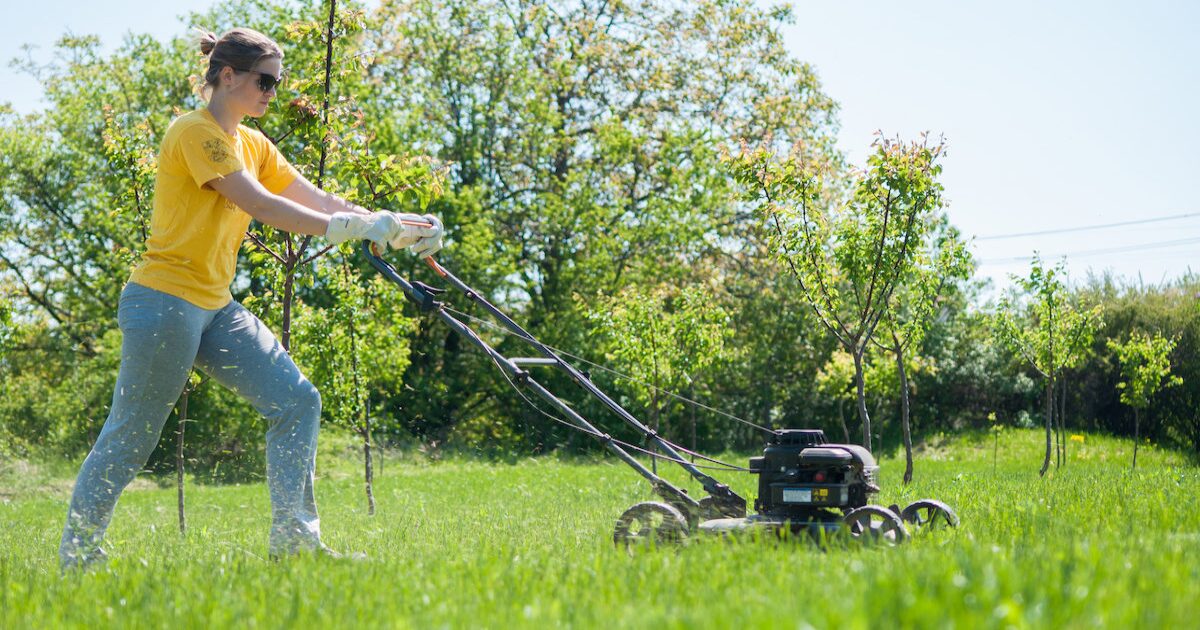
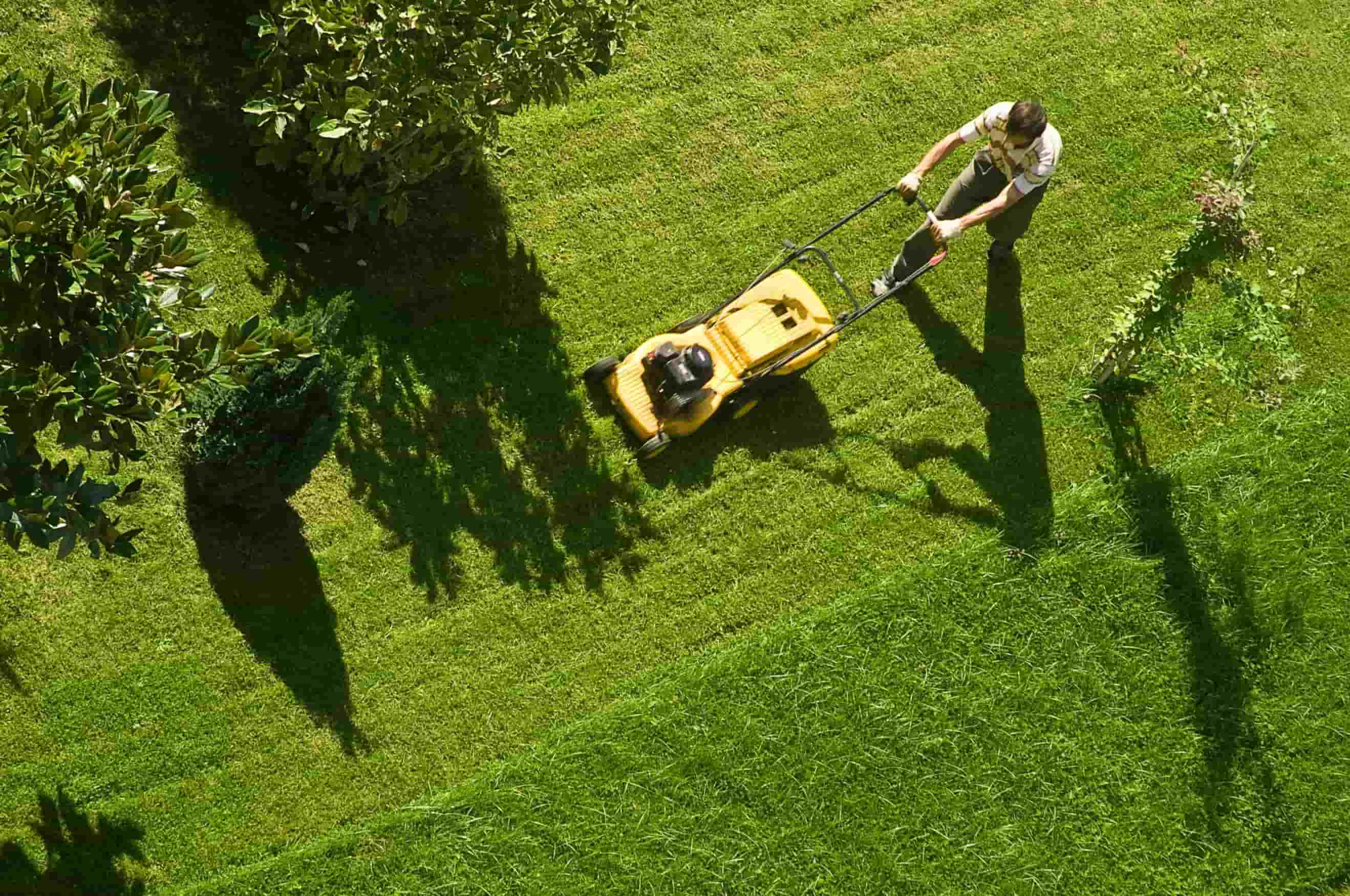
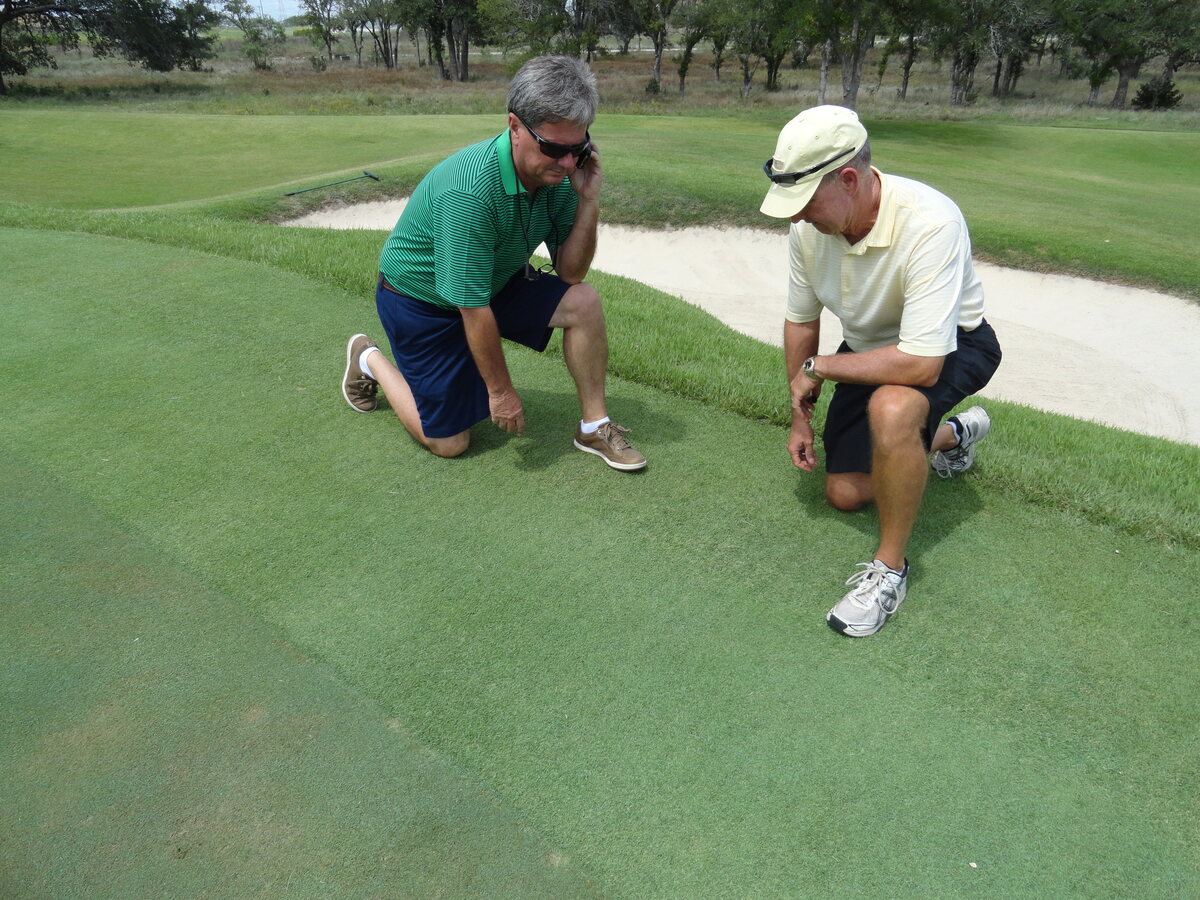
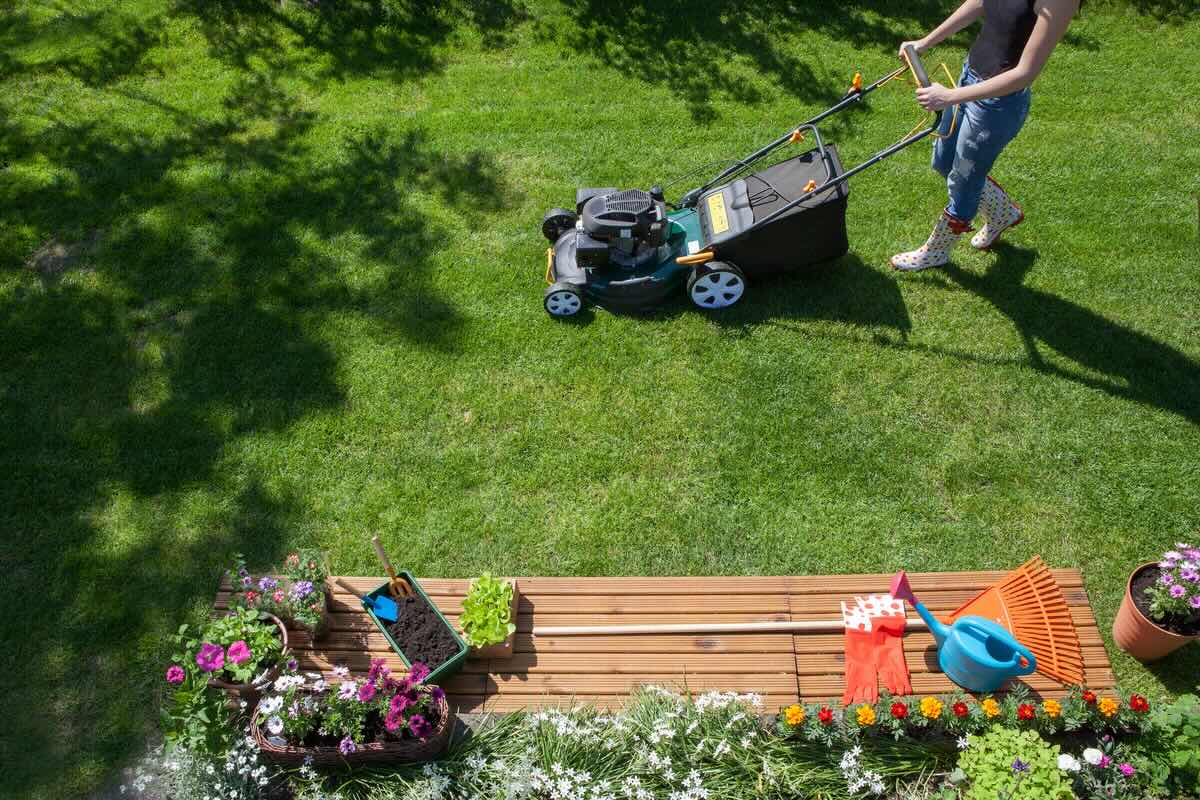
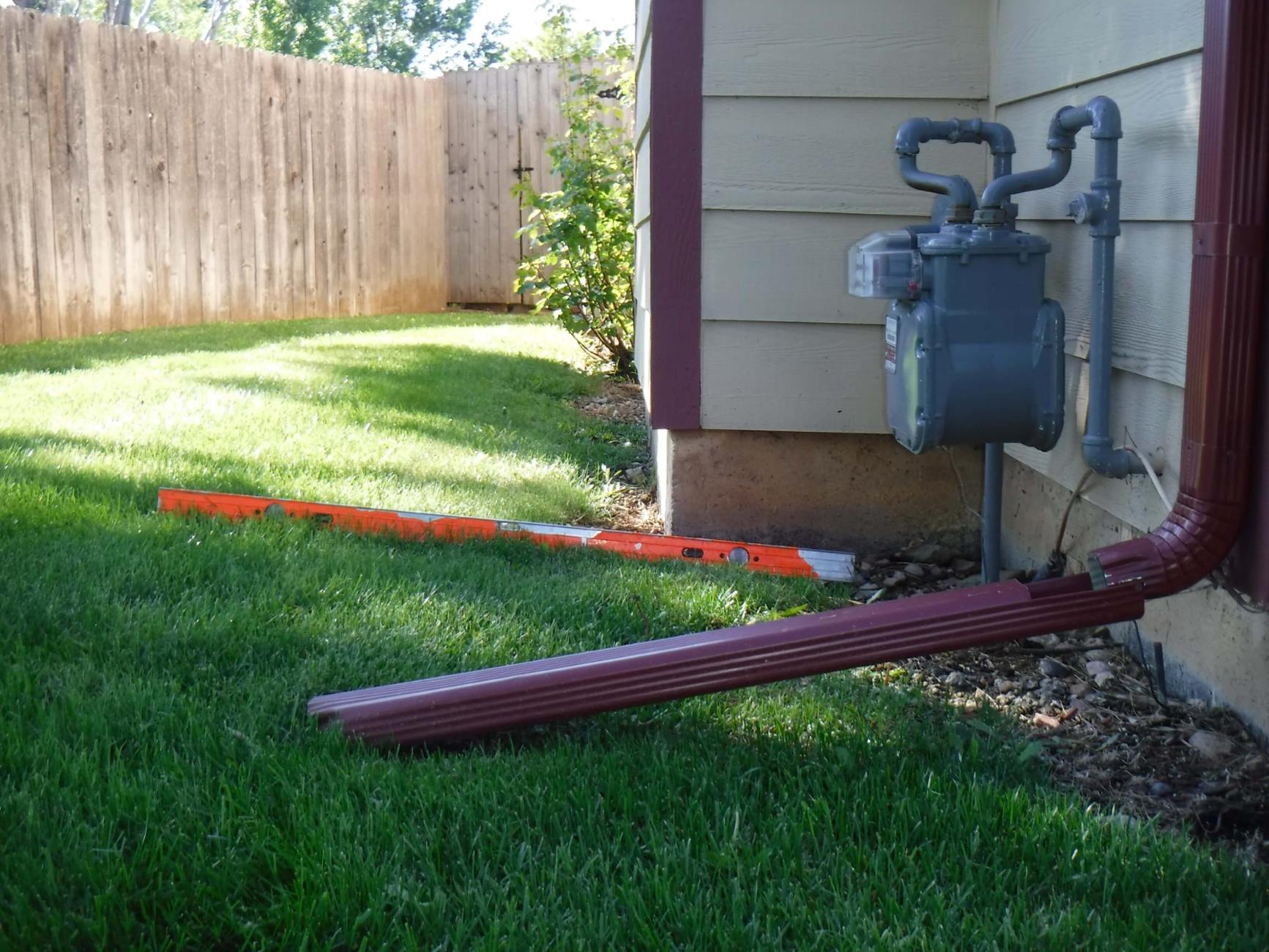
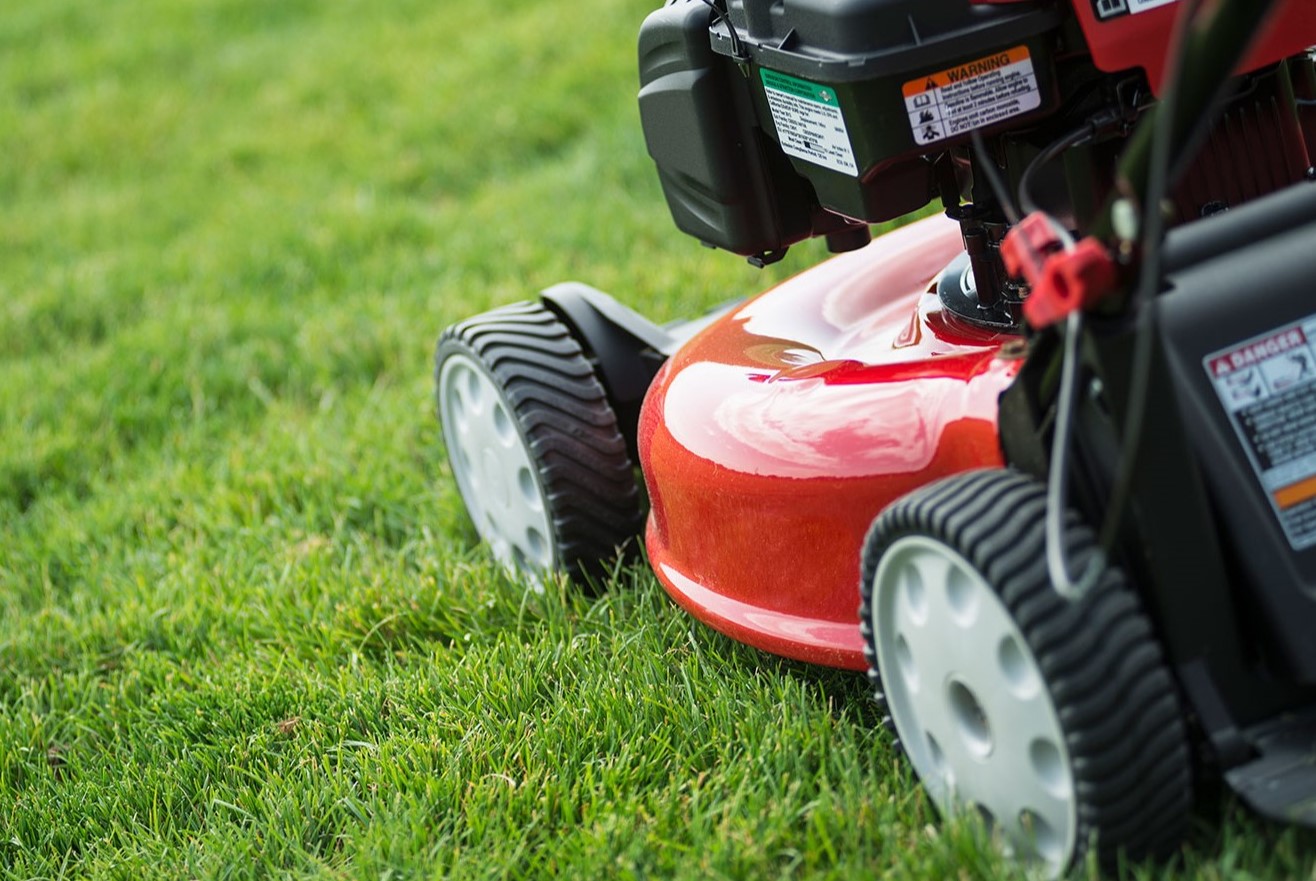
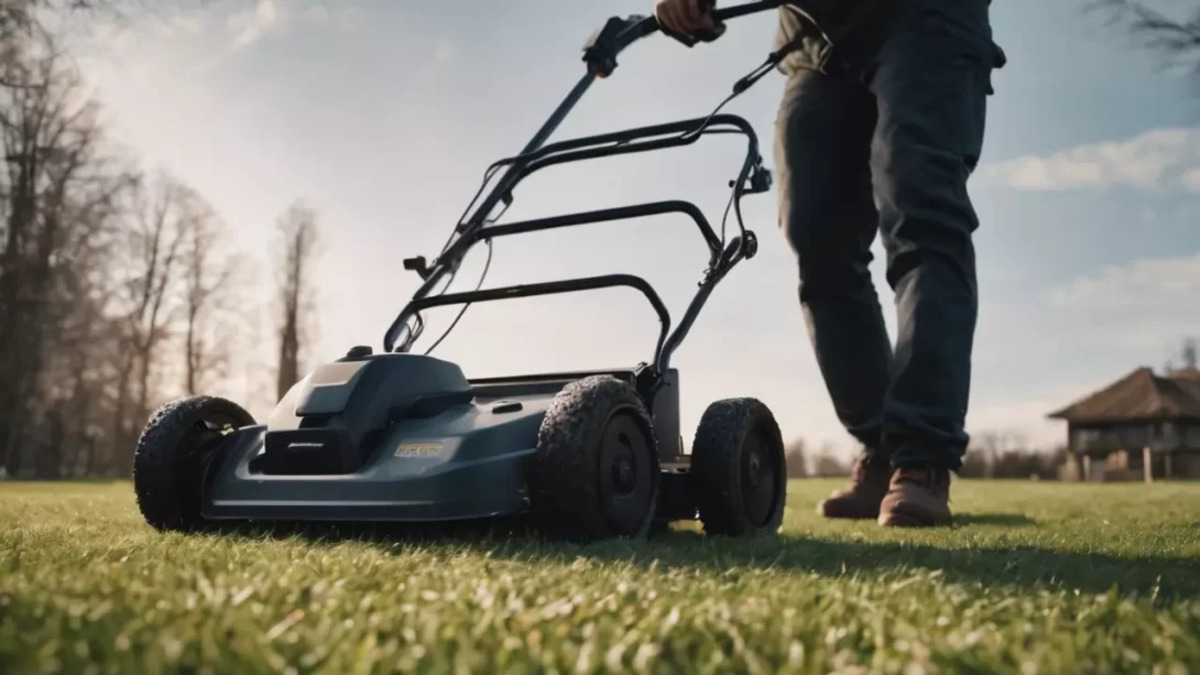

0 thoughts on “How To Mow Grass On A Slope”